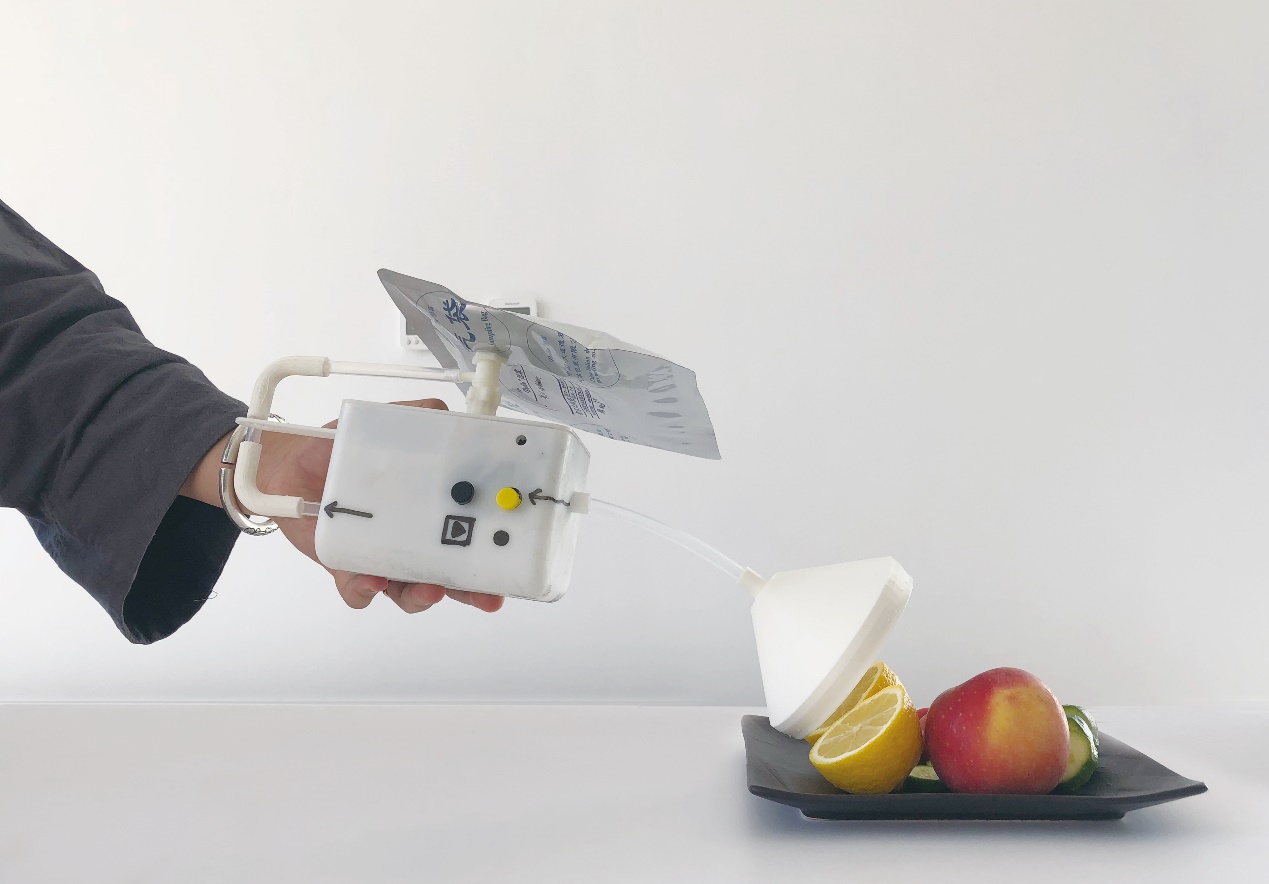People have five senses—visual, auditory, olfactory, tactile and taste—which are generated by receiving signals from the outside world through the five sense organs, and then formed through perception via the comprehensive processing of the brain. People’s daily lives are inseparable from their own five senses. Olfactory, or the sense of smell, is an effective way to capture odor information and is irreplaceable in many occasions. As we explore the next generation of natural interactive user interfaces, we anticipate smell will be an indispensable channel of information, specially in the field of Internet e-commerce, new retail, smart home and etc.
This project uses olfaction as the entry point. The main goal is to develop a new type of electronic nose and to study the practical application of electronic olfactory (electronic nose) under the conditions of Internet of Things. Long-term goals also include understanding deeper olfactory information, giving machines a humanoid sense of smell, and making machines more understanding of human behavior and environmental changes, thus providing a more natural interactive experience. This topic involves multiples disciplines, including materials science, chemistry, physics, MEMS(micro electro mechanical system), electronic circuits, pattern recognition, human-computer interaction design, and cognitive psychology.
Electronic nose hardware design
Developing the 2nd generation of electronic nose based on MEMS sensors.
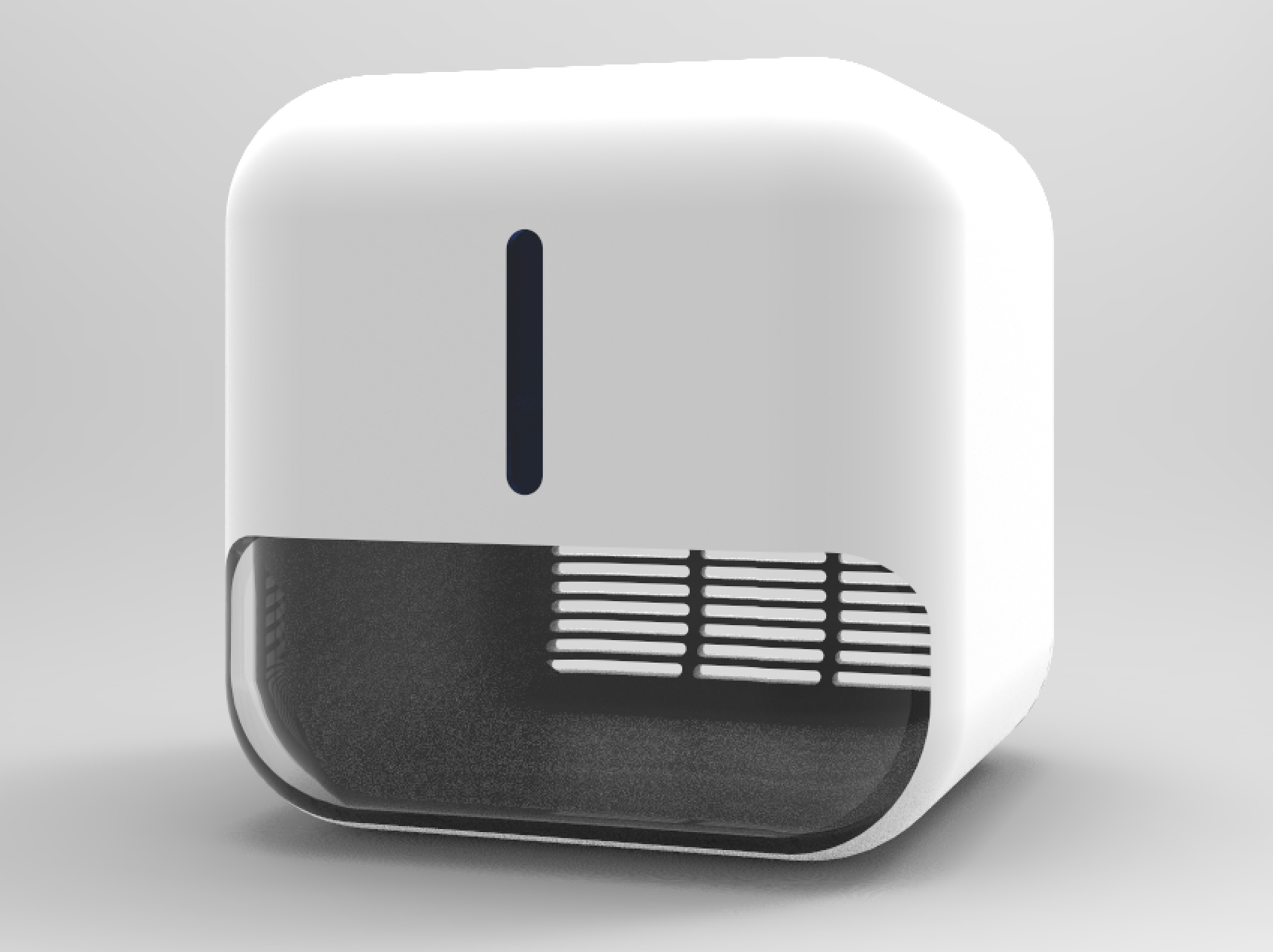
First generation
Odor visualization design
The research focuses on composite odors visual representation methods that combine chemical features and sensory descriptors, utilize appropriate algorithms of dimensionality reduction and feature extraction, and map complex heterogeneous odor data onto a low-dimensional, meaningful, explainable and 2D-visualizable space. Visualization and interaction are closely integrated to support users' needs for flexibly clustering large odor datasets, analyzing similarities and differences between multiple odors, better understanding chemical and sensory properties of odors, and personalized odor recommendations. Future research directions include producing a more comprehenisve heterogenous odor dataset by adding electronic nose data into the current work, and representing the heterogeneous data as a network to support construction of odor knowledge graph.

Fruit spoilage exploration experiment
The self-made electronic nose is applied to intelligent maturity classification of fruits in Heme Fresh stores, aiming to reduce labor management costs and improve the quality of fruits on sale. So far two experiments have been carried out on bananas (see the two figures below): in the banana-only setting, the classification accuracy achieved 95%, whereas in the setting of adding mangos as an interference, the metric went up to 98%. The results preliminarily proved the effectiveness of electronic nose in detecting fruit rots. Subsequently, we plan to conduct larger scale experiments involving more fruit types.
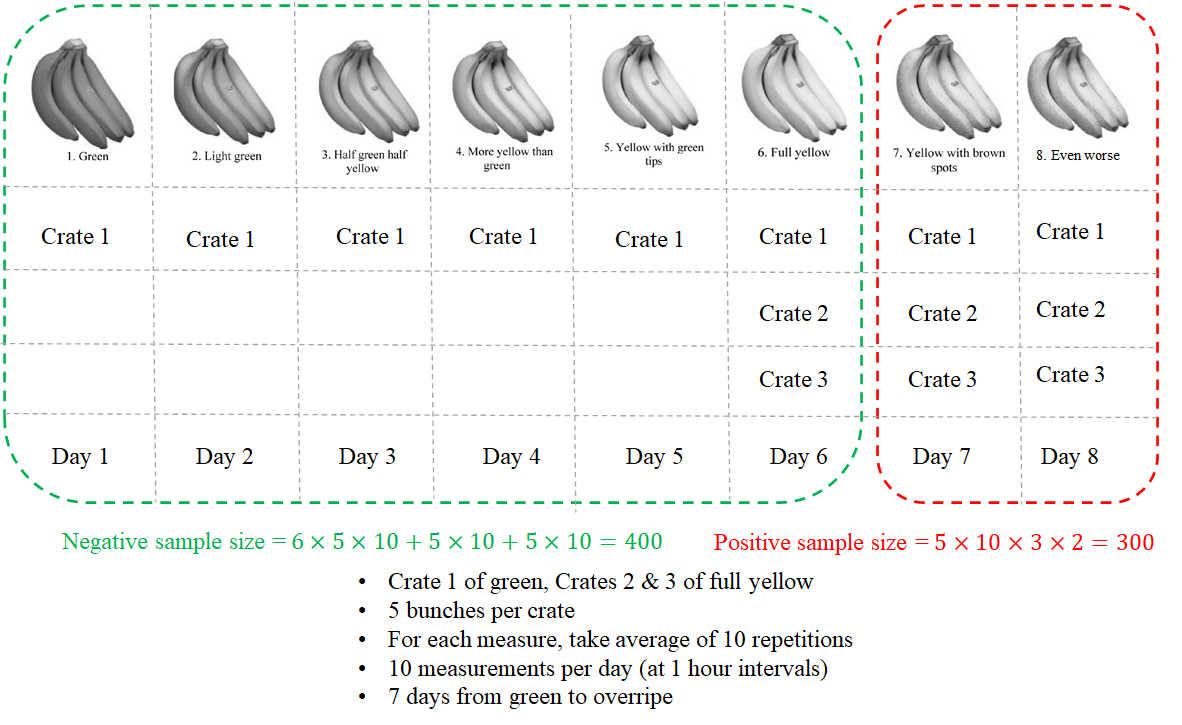

Detection of micro-trace substances
Technologies of chemical synthesis, micro-nano device design and processing, and artificial intelligence are combined to build multi-functional sensor device arrays that can identify and detect micro-trace substances.
Fruit non-destructive sorting
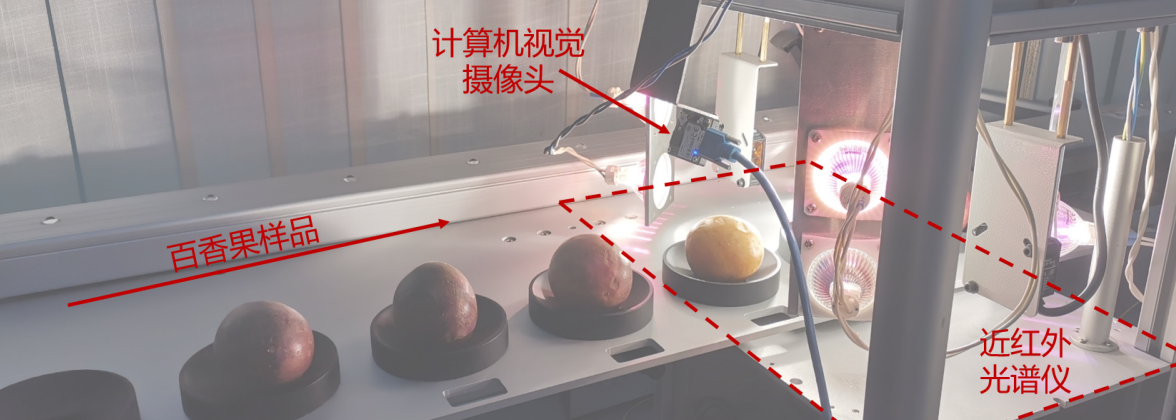
Multimodal Scent Player
The project explores the influence of air conditions in the natural environment on the olfactory experience to build a multi-modal scent player. It can enhance the sence of presence in virtual reality and provides a larger range of sensory stimulation for the simulation of olfactory experience. Currently the second version of multi-modal scent player is under development.

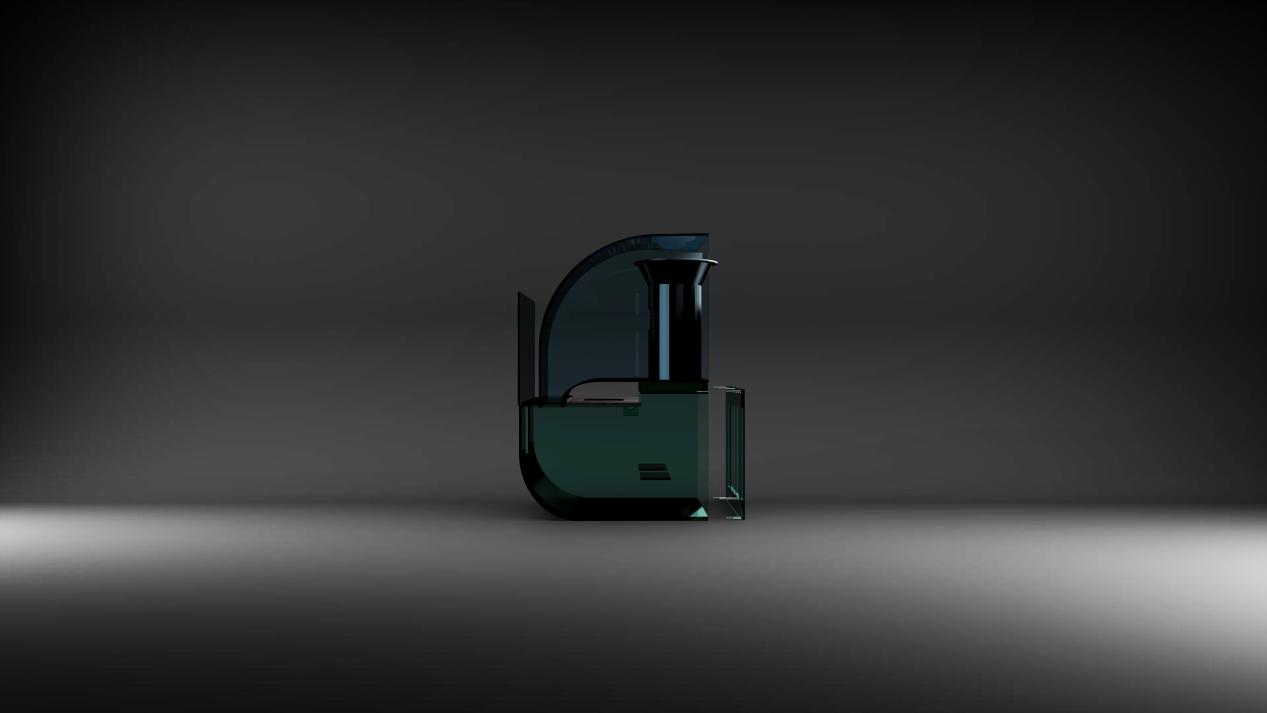
Smell camera
A HCI related research paper has been published in DIS' 2020, and won the Honorable Mention Award (top 5%). An exploratory experiment of rapid odor absorption is currently being carried out.
